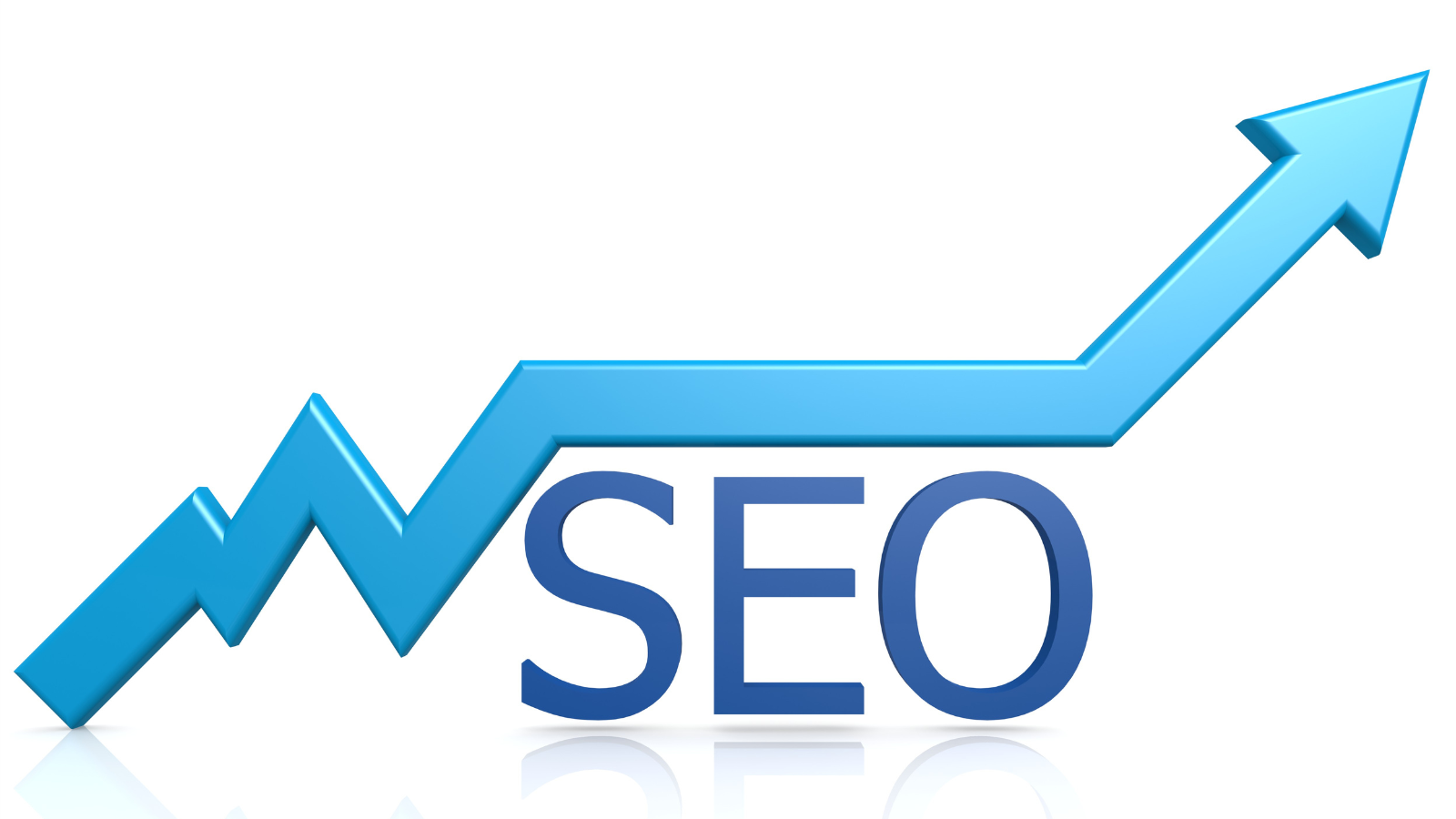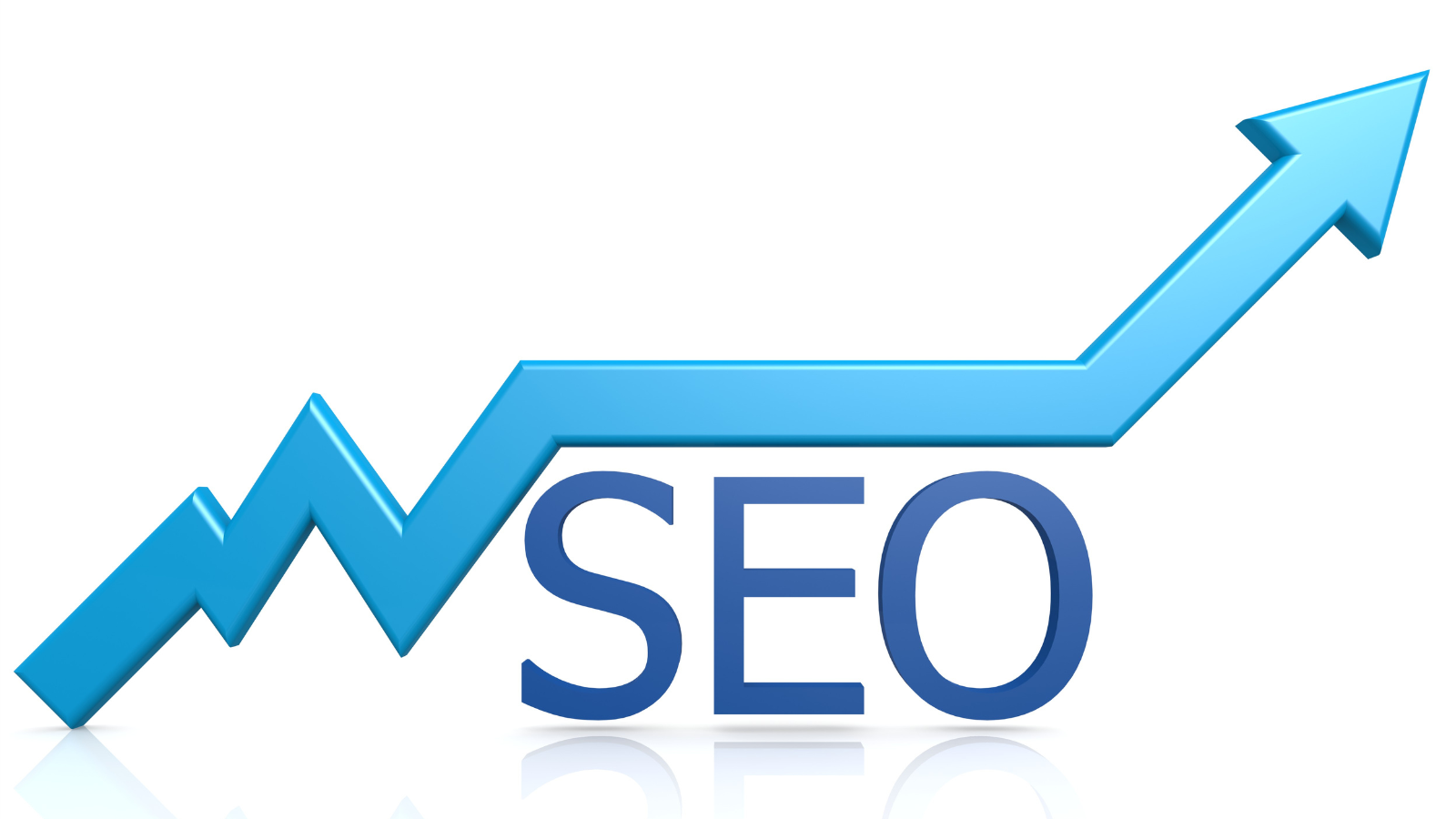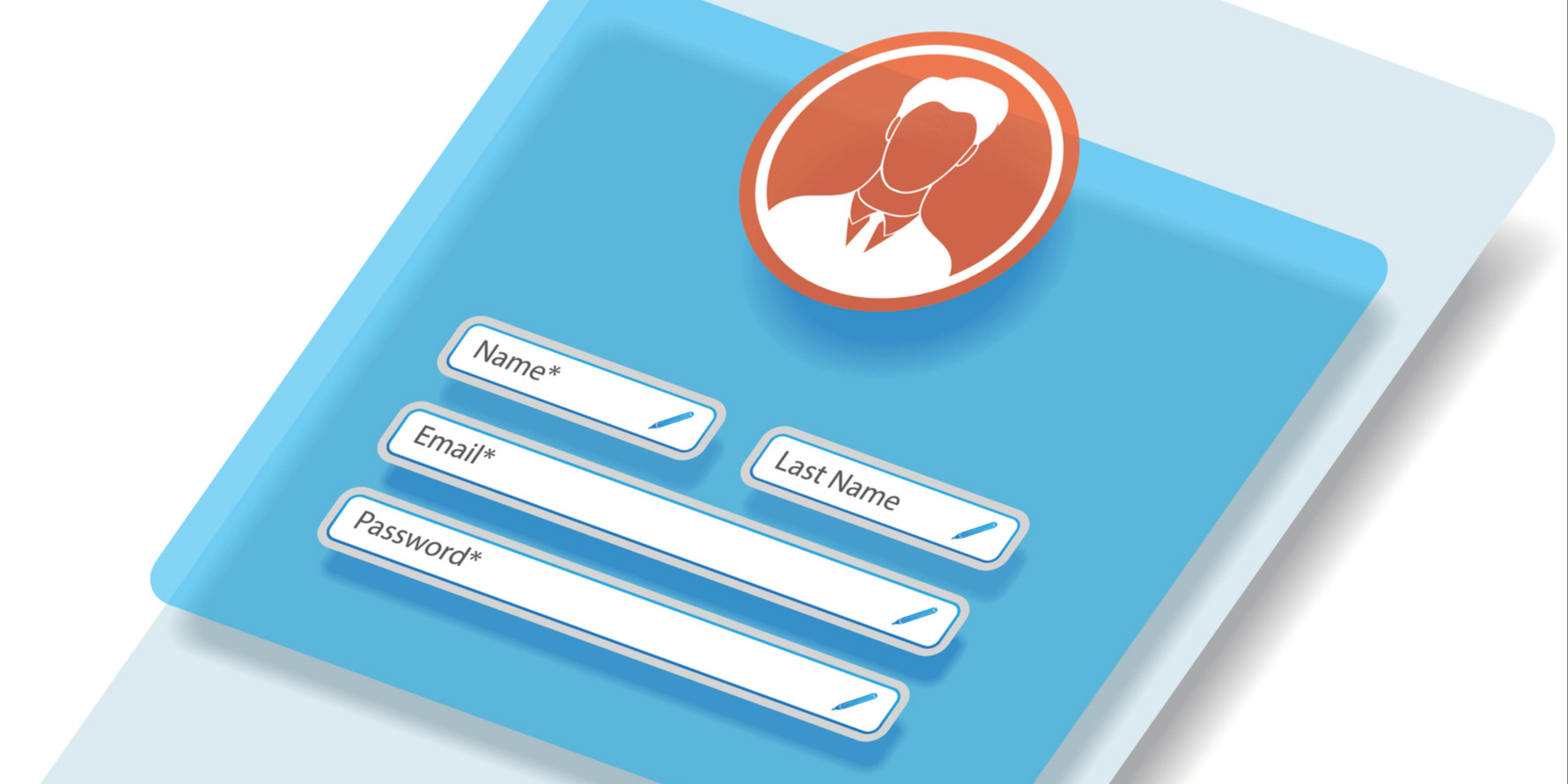Profitable Lead Gen Series: Optimized Forms
Lead generation doesn't actually happen until you turn a visitor into a lead by collecting their information via a form. Forms are the key to...
3 min read
 David Robinson
:
February 5, 2024
David Robinson
:
February 5, 2024


At its best, your business website is like a sales team that never sleeps, providing customers with all the information, next steps, and opportunities to buy as they can. But no matter how great your website is, if customers aren’t finding it, it won’t be helpful to you.
Optimizing your SEO for high-quality lead generation enables your website to bring in customers who are ready and willing to make purchases – giving you the shortest window to convert leads and grow sales.
In this post, we’ll discuss some of the ways SEO can help with lead generation to help your business generate quality leads.
SEO is a critical tool to get your business’s website and information in front of customers. There are different types and strategies for SEO that will let you designate the goal of your content so that it can match your customers’ goals.
Even though everyone searches the same way (by typing something into Google or asking Siri), the circumstances leading up to those searches are varied and unique.
Let’s think about this for a second. Someone may type a question into Google at the dinner table and musing about some random fact (e.g., “Do squirrels hibernate?”), or maybe they have a life concern or question about their well-being. Just as often, they’re looking for work advice, or they need to shop for something and don’t know where to find it.
You’ve probably gone through one of these cycles, maybe all in one day or even an hour. These are all examples of search intent, which has become a critical way Google categorizes search listings. Search intent, put simply, is the goal behind each search inquiry organized into broader categories.
Search intent is Google’s main priority because they want more than anything to connect people to what they need as quickly as possible. Keeping that in mind lets you optimize your content and web pages so they’ll be useful – which is ultimately what Google wants to find. The more people find your content useful, the more you’ll get a boost in rankings.
Here are the four types of search intent:
Informational – Looking for information about something, either general or high-level, ranging from something as simple as what song was used in a movie or how to fix their drain
Commercial – Researching products or services to learn more about where to find what they know they need. They’ll look for review listings or product comparisons
Navigational – Someone looking for specific information and is trying to get more information about it or where to go to find it
Transactional – This is the next phase from commercial, where people are looking for something specific and trying to find where to get it
These affect how the search engine results page (SERP) appears for each search, too. A commercial search will prioritize their Shopping page, showing ads for products across the top, so if you want information about a product, you’ll need to scroll down or change your search to include “Review.”
What topics you cover and how you optimize your page will affect your strategy, and likely, you’ll need to create content that spans these four groups to reach customers at all buyer journey stages.
For early-stage customers (Awareness and Consideration), focusing on Informational and Commercial intent will help them find your brand. At the same time, later stage customers (Decision) will be able to follow through with Navigational and Transactional keywords.
Informational content, like blog posts and videos, gives businesses an opportunity to demonstrate their product’s value and uses for it. Establishing industry awareness is also vital, but these posts go beyond that to discuss more specific aspects of your company and what you offer. Video works particularly well here, as you can use it to show customers exactly what your products and services do.
For commercial, navigational, and transactional keywords, a lot of that optimization comes from your home page and Google My Business page. For that, you want to ensure that your location, business description, and other relevant information are up to date. Specify locations, service areas, and what you offer on home pages or key landing pages so Google can match it accordingly. This is especially important if you want to rank for your local SEO, which uses location-specific words and long-tail keywords associated with specific regions.
These also account for many commercial websites. You want your product landing pages to be optimized with all relevant product and shipping information. That also goes for any SEM you make, whether it’s for sponsored search listings or shopping ads.
Web performance is also a critical factor in your search performance. Google prioritizes websites that perform well – and customers do, too. Easily readable and well-performing websites guide people to the information they need and boost your SEO rankings due to high performance.
Make sure your web design is clear and organized and that you use images that are properly sized and load quickly. Good performance removes a barrier that many customers overlook.
SEO’s primary function is to increase relevance so that users have the shortest path to find the most useful information. Setting up a keyword strategy and matching content to adhere to your customers’ intent positions your business to give customers the most relevant information.

Lead generation doesn't actually happen until you turn a visitor into a lead by collecting their information via a form. Forms are the key to...

More than 90% of visitors who read your headline also read your CTA copy. If there were a ‘secret sauce’ to lead generation, it would be the...
%20Thought%20Leadership%20Drives%20Lead%20Generation.png)
You’ve likely heard of thought leadership or been told that it’s a great way to be viewed as an expert in your chosen field. But have you ever...